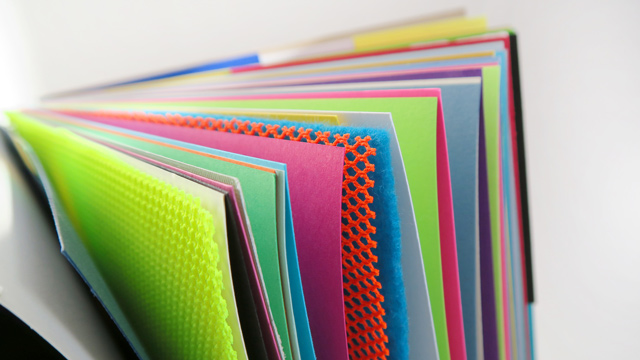The Paper Playbook is a clever combination of colour, form and texture which is proving irresistible to kids of all ages. We caught up with its LA designers The Happening Studio to find out more.
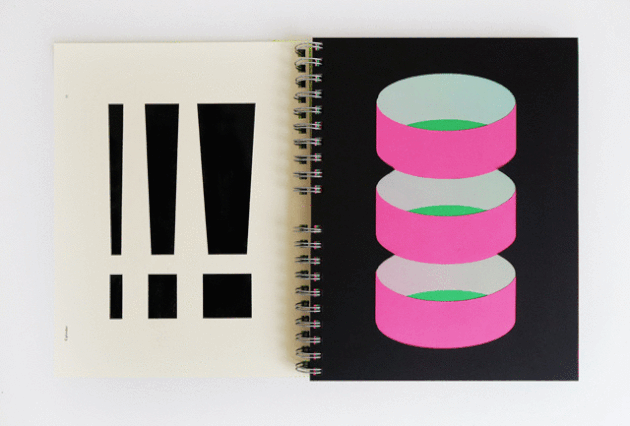
Launched at this year's LA Book Fair, the Paper Playbook was an instant sell-out. As its designers gear up to produce a second edition, we caught up with Karen To Nakada of The Happening Studio to get the lowdown on this delightful project.
Can you tell us when you first had the idea for the Paper Play Book?
Paper Playbook was inspired by a trip to France and Spain, where we visited local bookstores and held many amazing children’s books. We were surprised, as they not only functioned as educational tools for children but also served as design objects. The subject matter of the stories was often told in abstraction and had a subtle humour. The art direction didn’t resort to only childlike elements, but had a sense of maturity and complexity in the design and execution.
What's the concept behind the project?
As much as we are interested in different printing methods, we are also keen on the materiality and potential from a simple sheet of paper. The design opportunities are especially magnified when multiple sheets are assembled in book format, which is how Paper Playbook was born. Exploring different compositions, textures, and loose narratives, we contrasted different types of paper and bound them together into a tactile adventure. Poetic and interactive, the sequence of the book is especially important. As you turn each page, a new composition is revealed, changing the meaning of the page previously viewed and divulging a bit about what’s to come.
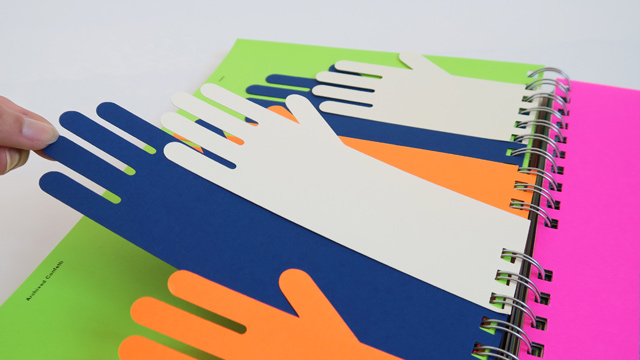
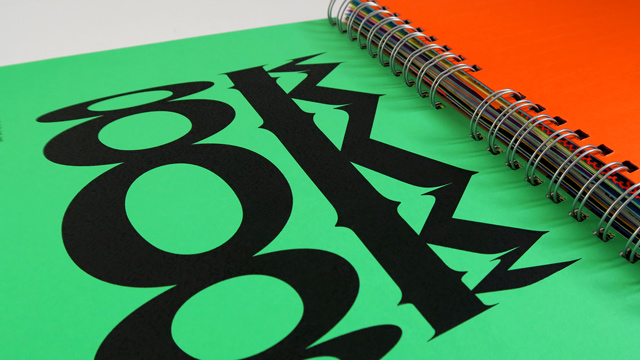
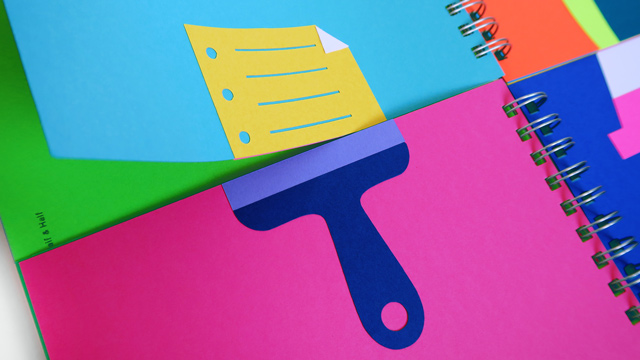
Did you have a set brief or did things change as the project progressed?
We faced a few printing and cutting restrictions which forced us to make the design more simplified and more abstract which worked out in our favour in the long run.
Which elements are you most pleased with?
We like the zipper page and the foam pad page, but then our favourites keeps changing all the time though.
What presented the biggest challenge?
The production phase was rather hectic. With simple tools and only two of us, a lot of time and energy went into constructing every page. Rather it's a die-cut, glueing, or printing, precision is required for each idea to work.The craftsmanship and our patience that went into this to meet a tight deadline because we wanted to launch it at LA Art Book Fair.It really was labour of love.
Do you undertake many self-initiated projects? What aspects do self-initiated projects bring to the studio which client-driven projects don’t?
We try to do a few self-initiated projects per year. It's a great way to experiment with ideas and learn new techniques that can potentially be applied to future client works. It's always fulfilling to see our self-initiated projects manifest into something that is more practical, client-based approach.
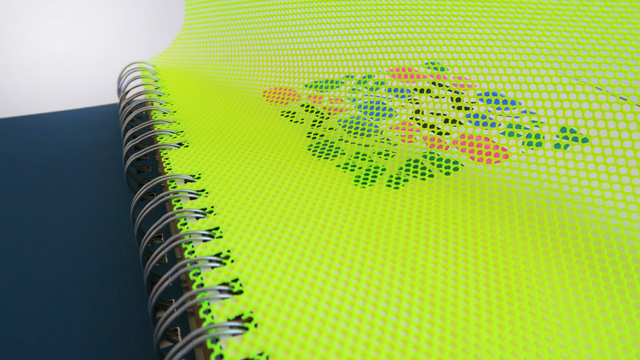
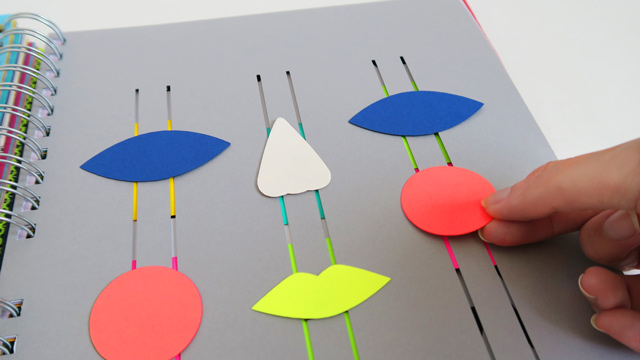
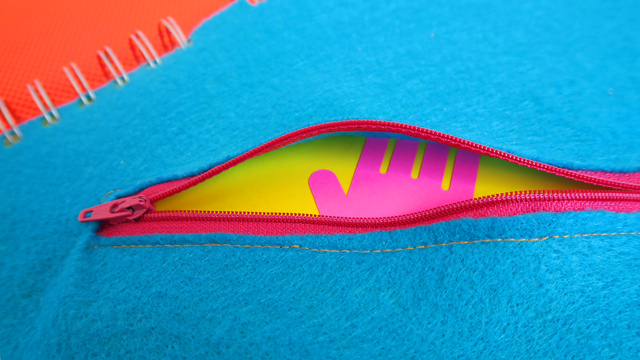
Where can people get hold of a copy?
The first edition has been sold out during the LA Art Book Fair. Currently we are finishing up the 2nd edition which can be reserved over an email (hi@thehappening.us)
What’s next for the studio?
After the second edition is completed, we are also tinkering with an idea of a poster-sized book spread that can be hung on a wall space. We realised a simple juxtaposition of two pages side by side can be a powerful language and so we want to explore that route with a proper hanging device.
Credit: Design, Art Direction, Photography: Masato & Karen Nakada from The Happening Studio.
See more of the studio's work at: thehappening.us
